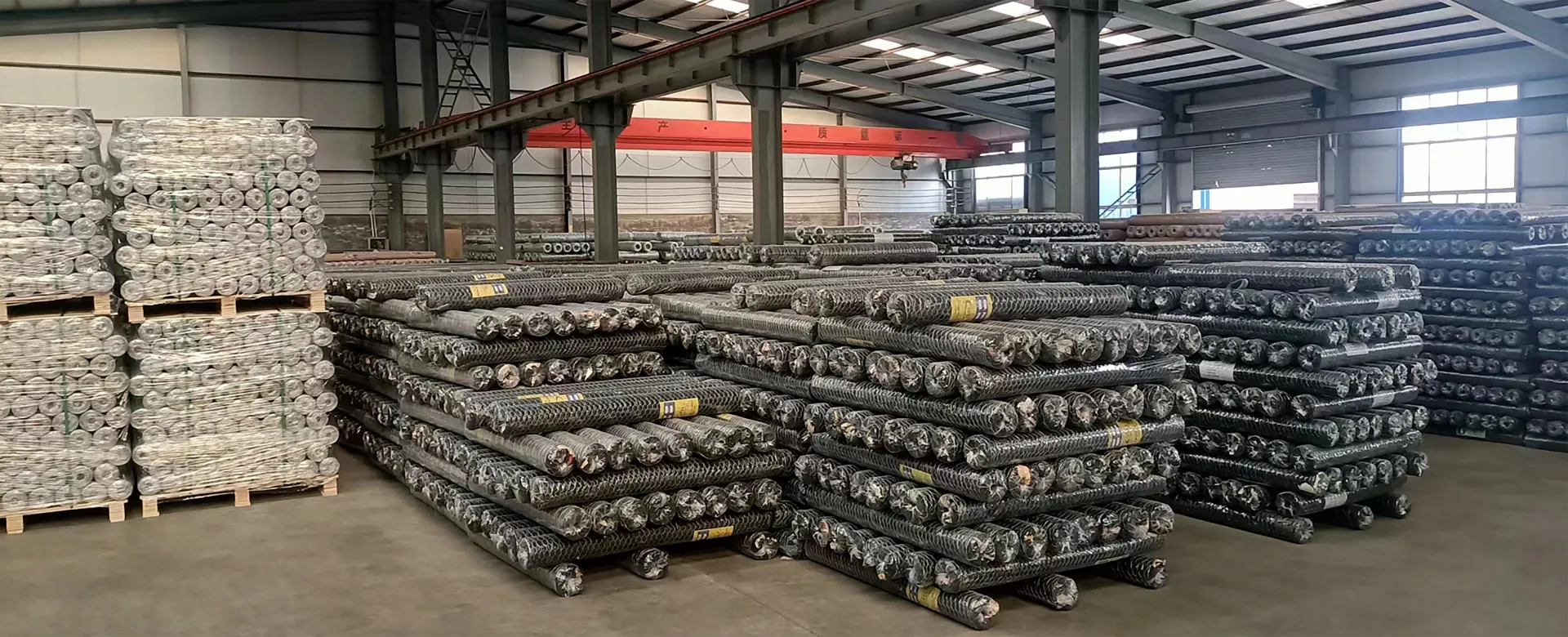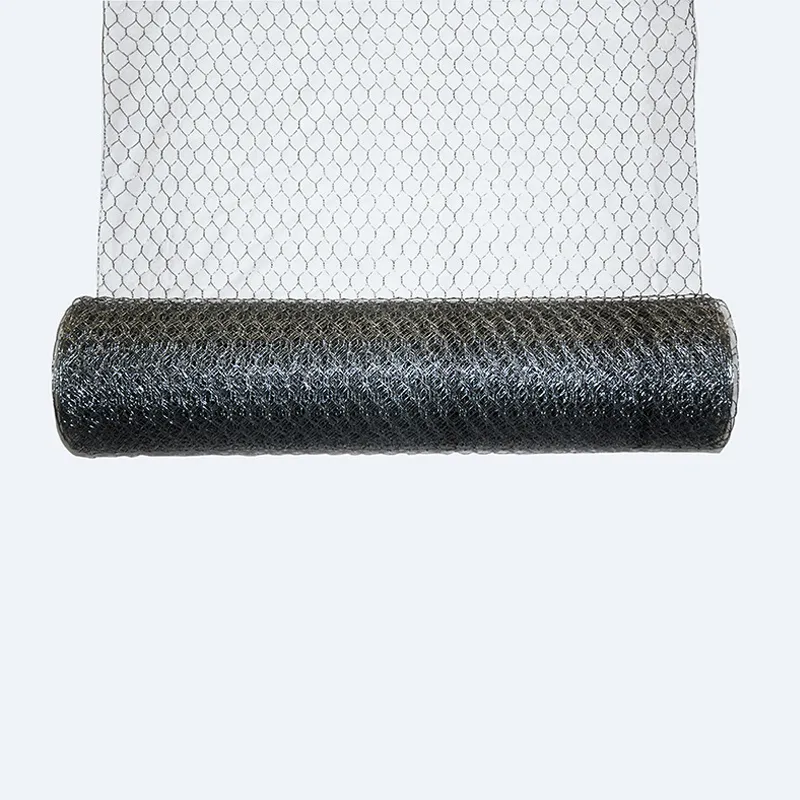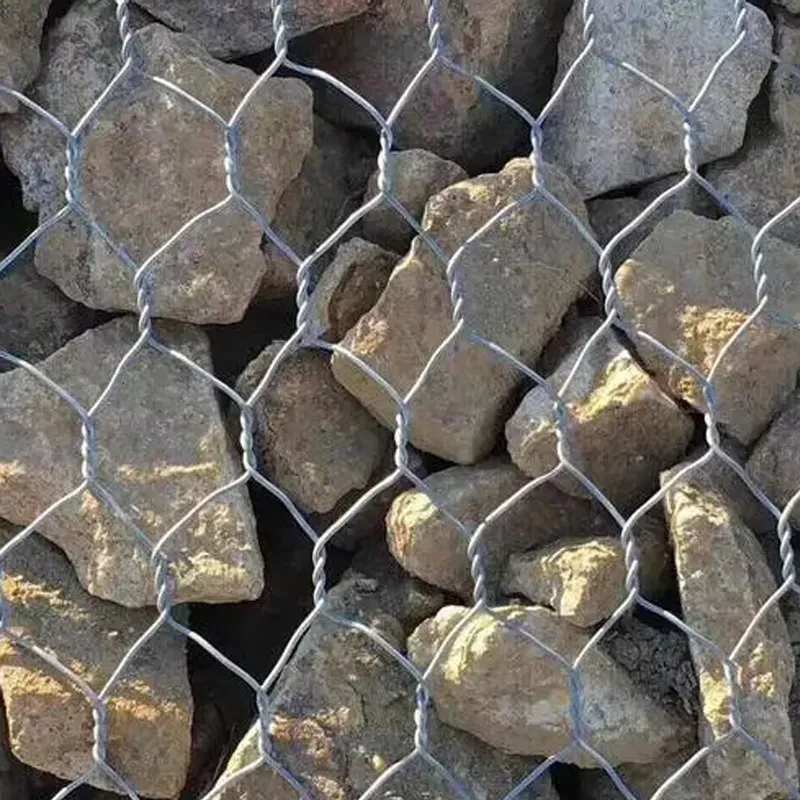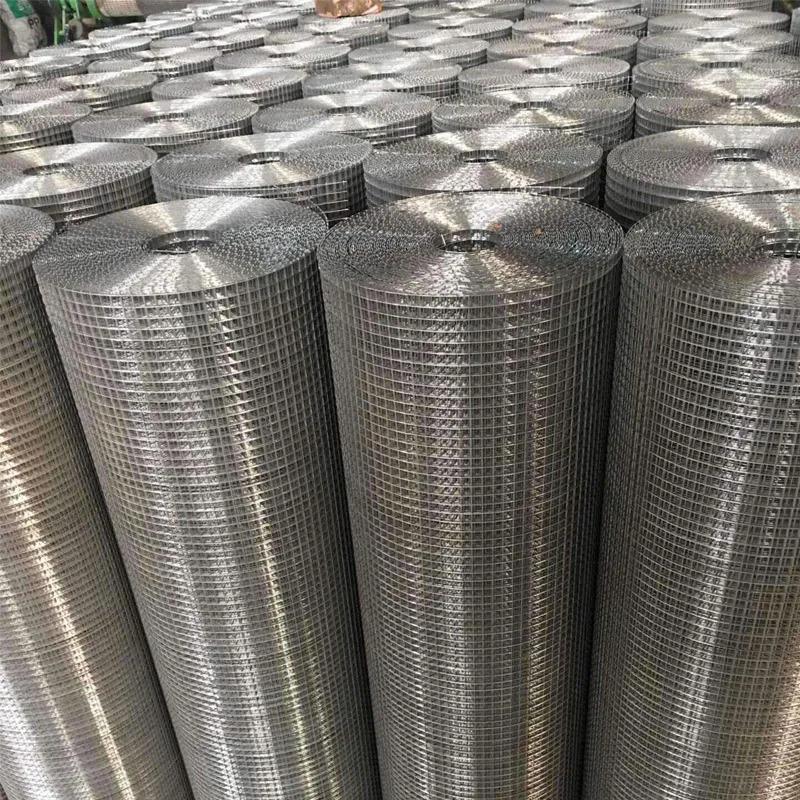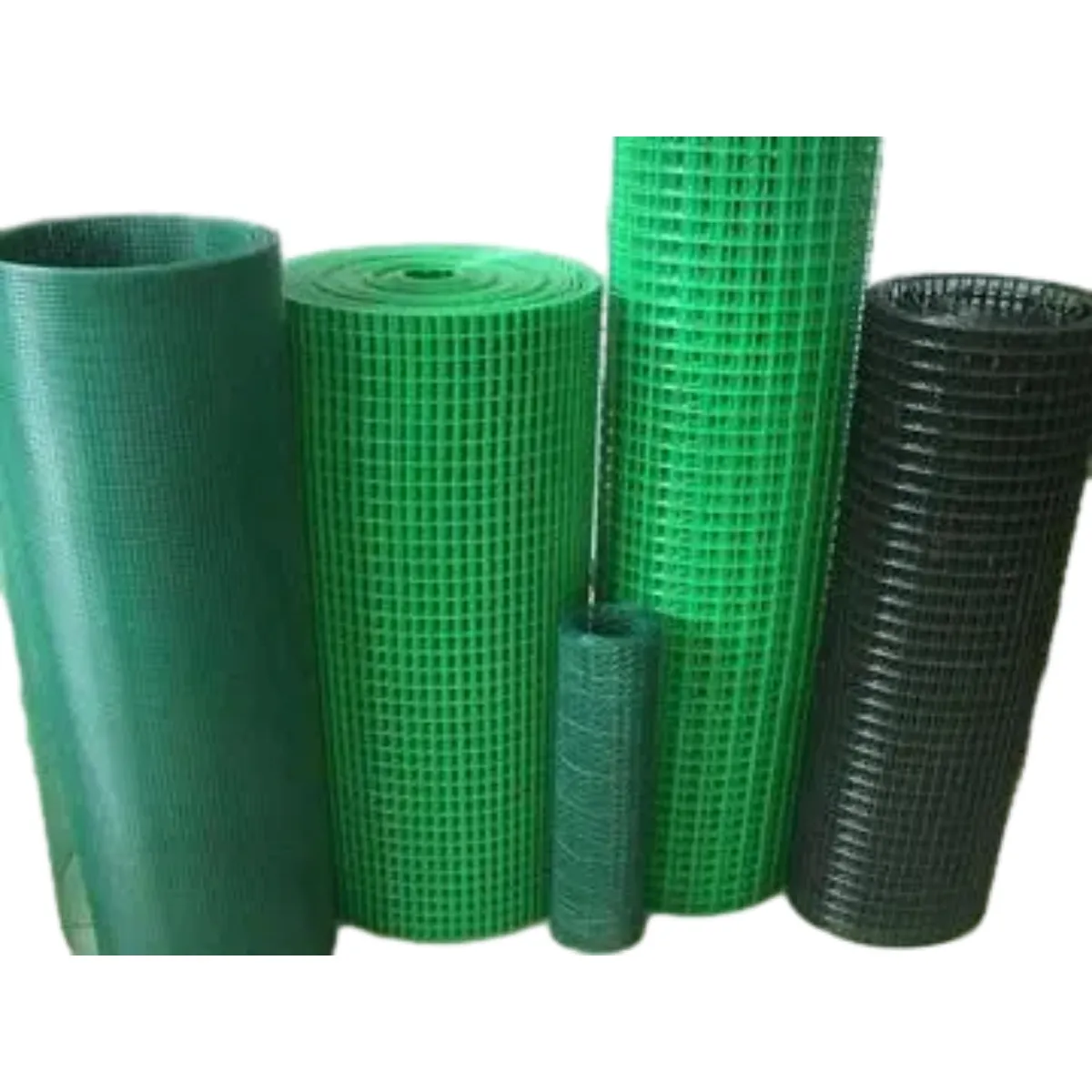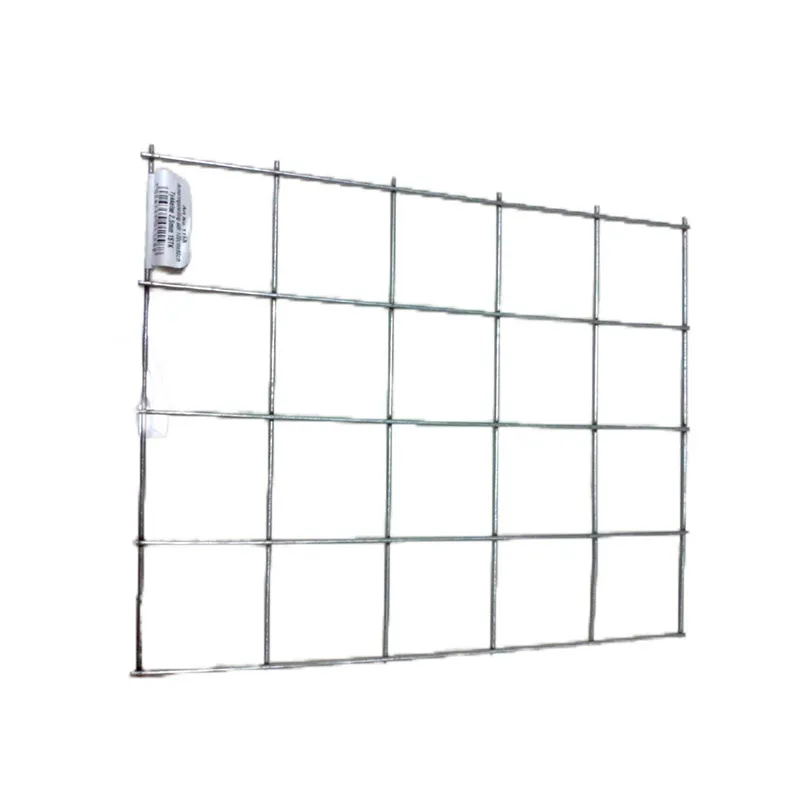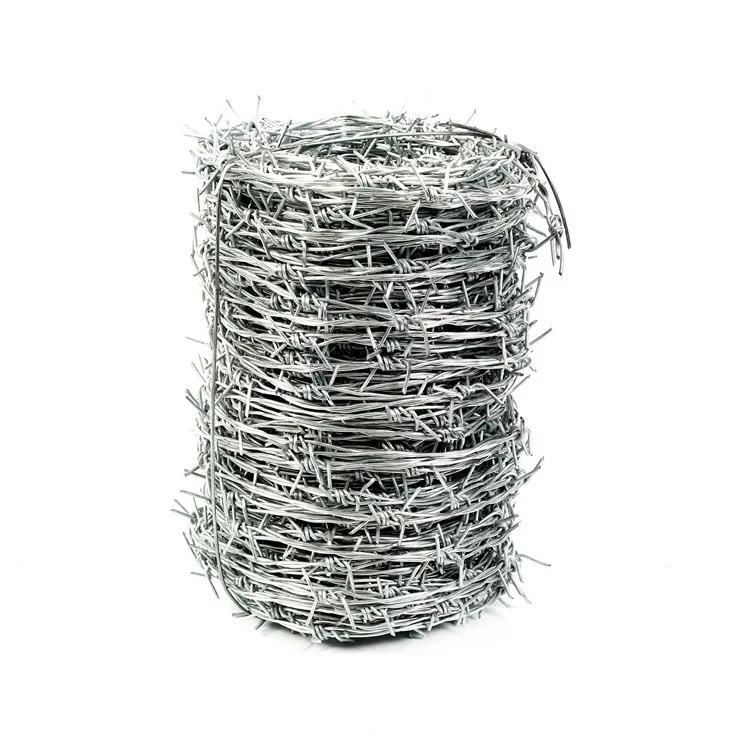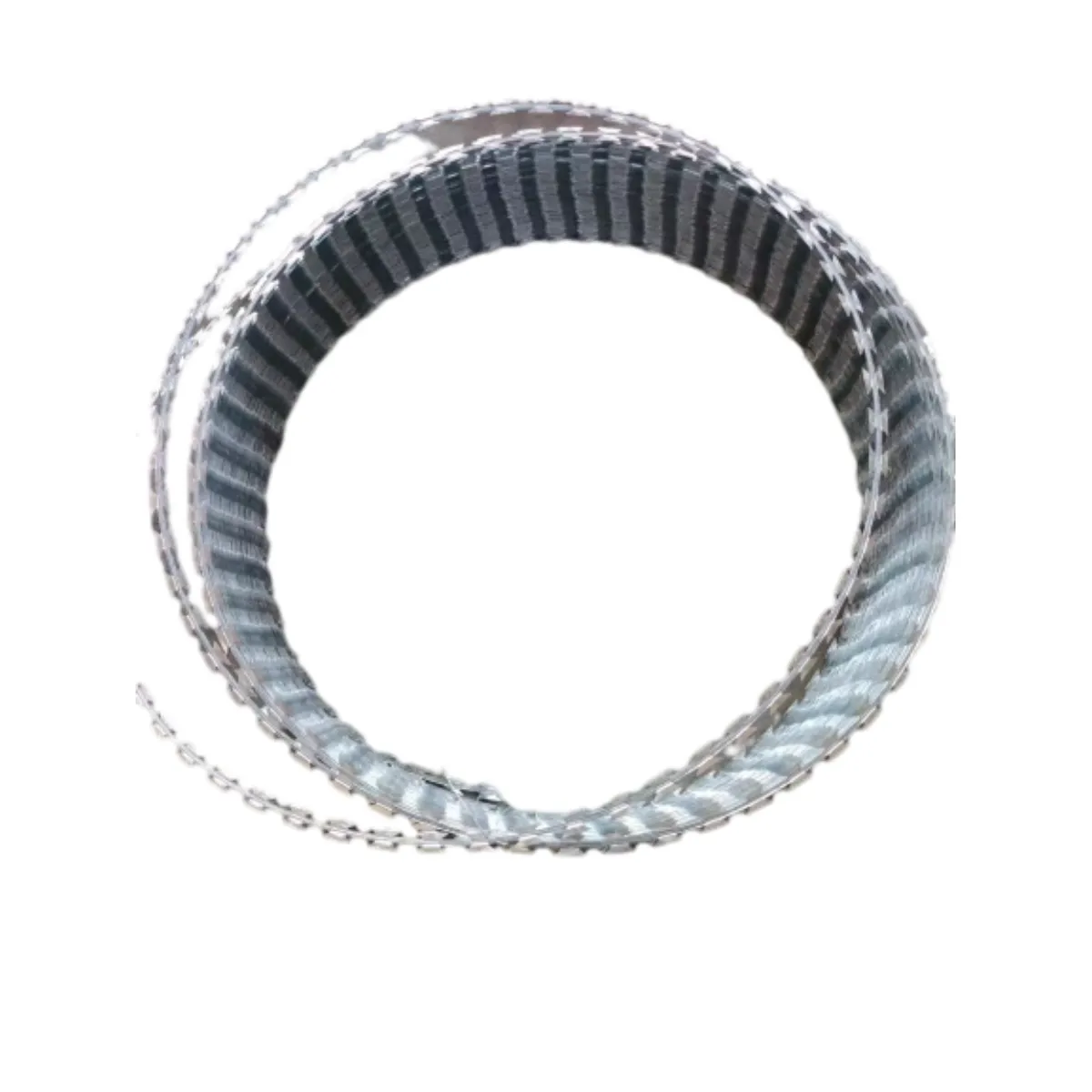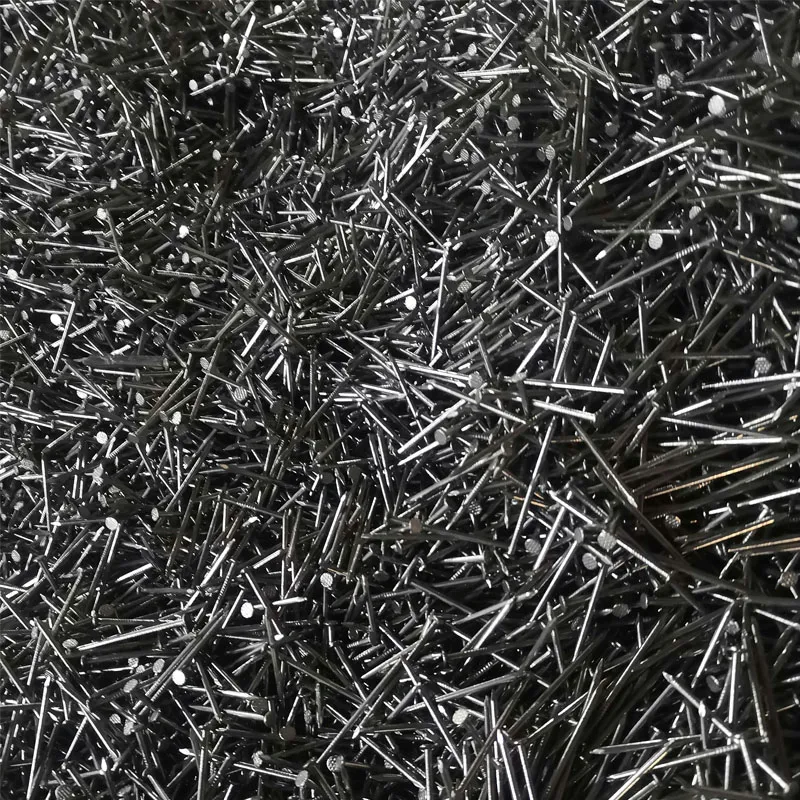Aug . 18, 2024 15:41 Back to list
Iron Nail Production Process and Industry Insights for Modern Manufacturing Techniques
The Manufacturing Process of Iron Nails
Iron nails are ubiquitous in construction, carpentry, and various DIY projects, serving as essential fasteners that bind materials together. The manufacturing of iron nails is a fascinating process that combines metallurgy, engineering, and craftsmanship, resulting in one of the simplest yet most effective tools in humanity's toolkit.
Raw Materials
The primary raw material for making iron nails is iron, often sourced from iron ore through a series of refining processes to remove impurities. The composition of iron can be altered by adding other alloys, such as carbon, to enhance its strength and durability. The type of iron used in nail manufacturing typically ranges from wrought iron to high-carbon steel, depending on the specific requirements of the final product.
The Manufacturing Process
1. Melting and Alloying The first step in the manufacturing of iron nails involves melting the iron in a furnace. This process often includes adding specific alloys to achieve the desired properties. For instance, adding carbon during the melting process helps produce high-carbon steel, which is essential for making strong and durable nails.
iron nail manufacture
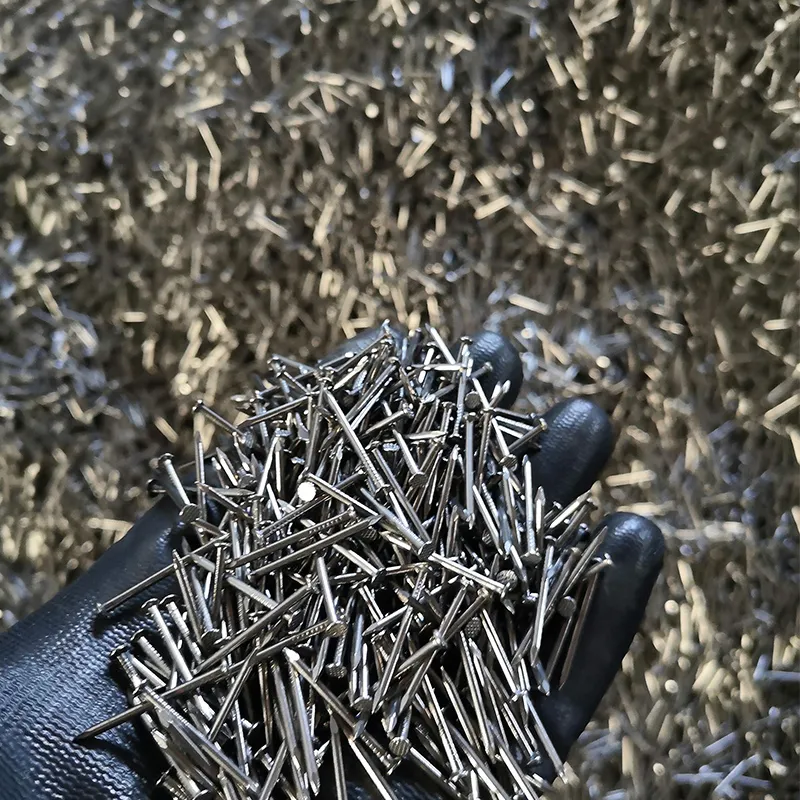
2. Forming the Nail After the iron is melted and properly alloyed, it is poured into molds or subjected to a forging process. In modern manufacturing, the most common method is a process known as wire drawing, where the molten metal is formed into long rods or wires. This wire is then continuously drawn through a series of dies that gradually decrease in diameter, forming thin, wire-like shapes.
3. Cutting and Shaping Once the wire reaches the desired thickness, it is cut into specific lengths to form individual nails. The cut wire pieces are then shaped into nails using either mechanical or automated machines. This involves forging the nail head and point, which are crucial for the nail's functionality. The head ensures that the nail can be easily hammered without slipping, while the sharp point allows for easy penetration into a variety of materials.
4. Surface Treatment After shaping, the nails undergo surface treatment processes to improve their resistance to corrosion and increase their overall durability. Common treatments include galvanization, where the nails are coated with zinc to protect them from rust, and other coatings that can offer additional benefits like reducing friction during insertion.
5. Quality Control and Packaging Before the nails are packaged for sale, they undergo strict quality control procedures. This includes checking for defects, ensuring that they meet specific size and strength standards, and testing their durability. Once they pass these inspections, the nails are packaged in boxes or bags, ready to be shipped to retailers, wholesalers, or directly to consumers.
Conclusion
The manufacturing of iron nails blends traditional craftsmanship with modern technology, resulting in a product that is both simple and essential. Whether used in large-scale construction projects or small DIY endeavors, iron nails play a critical role in holding our world together. As the industry evolves, innovations in materials and processes will continue to improve the performance and sustainability of nails, ensuring that they remain a vital component of our built environment for years to come. The journey from raw iron ore to a finished nail showcases the ingenuity behind everyday materials and their transformation into tools that facilitate countless applications across various sectors.
-
The Role of Field Wire Fence in Grassland Conservation
NewsJul.15,2025
-
Stainless Steel Razor Wire Durability in Coastal Environments
NewsJul.15,2025
-
Enhancing Home Security with Mesh Fences
NewsJul.15,2025
-
Diamond Mesh Wire for Small Animal Enclosures
NewsJul.15,2025
-
Common Wire Nail Tensile Strength Testing for Woodworking
NewsJul.15,2025
-
Barbed Wire Corrosion Resistance Galvanization Techniques
NewsJul.15,2025

